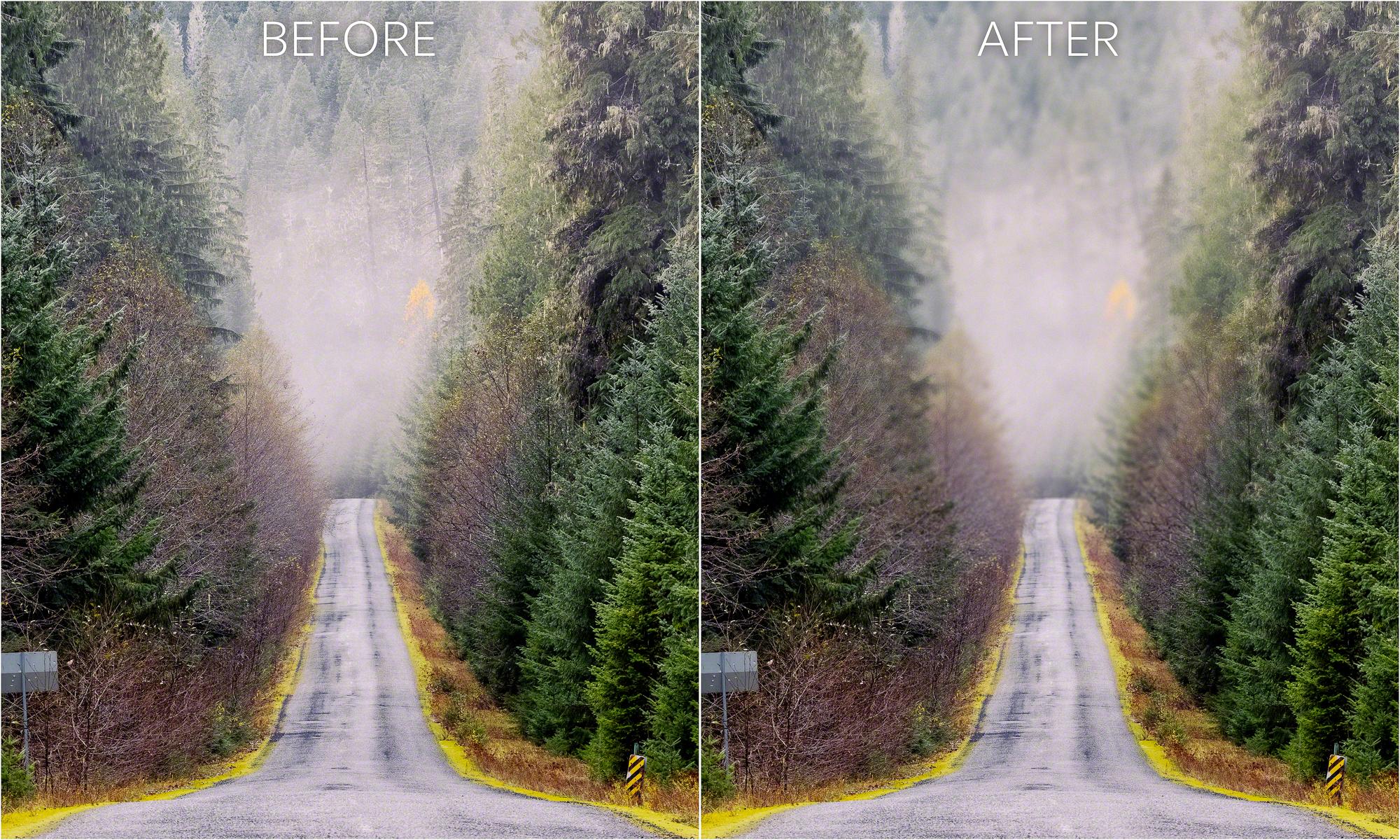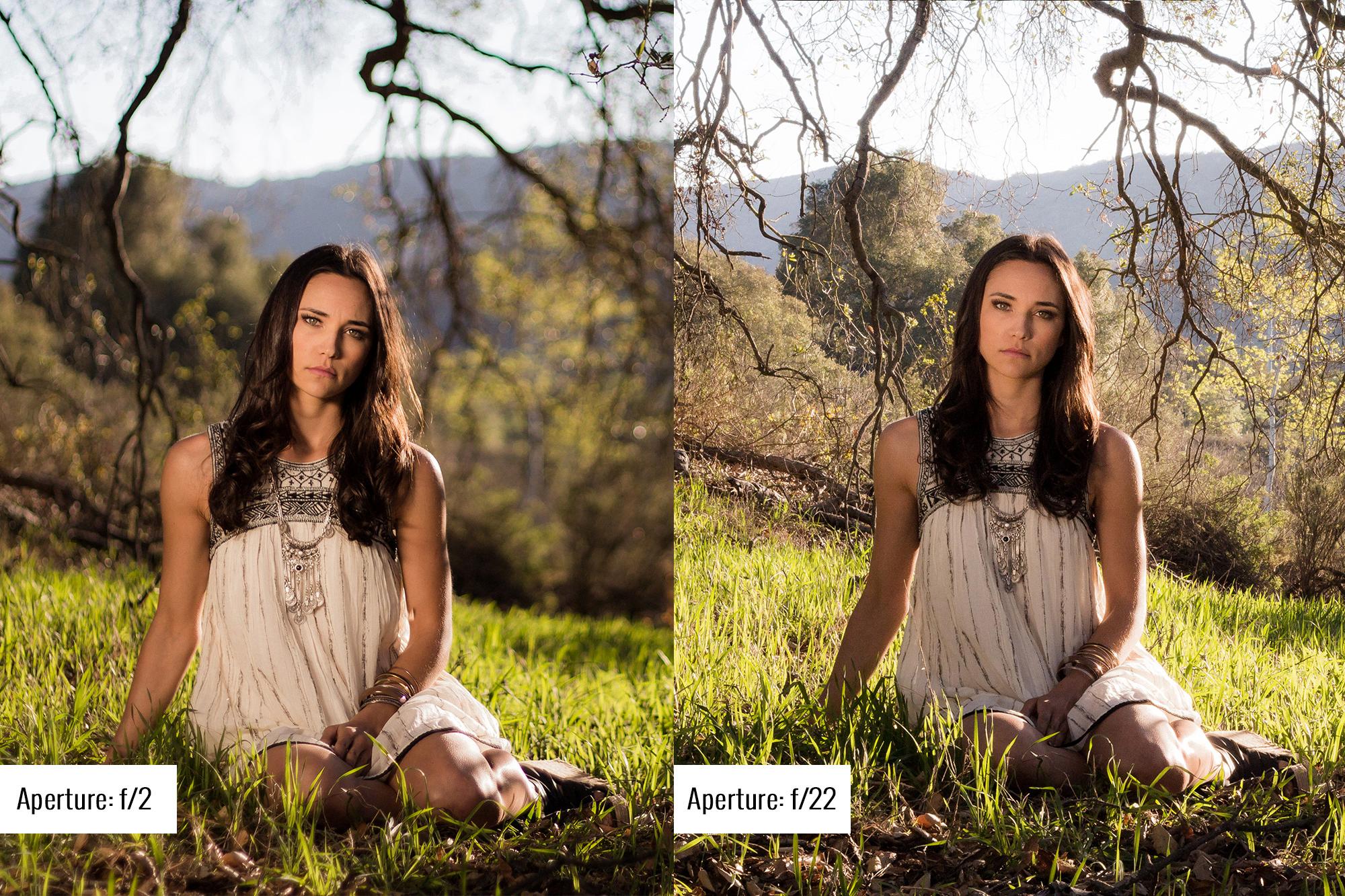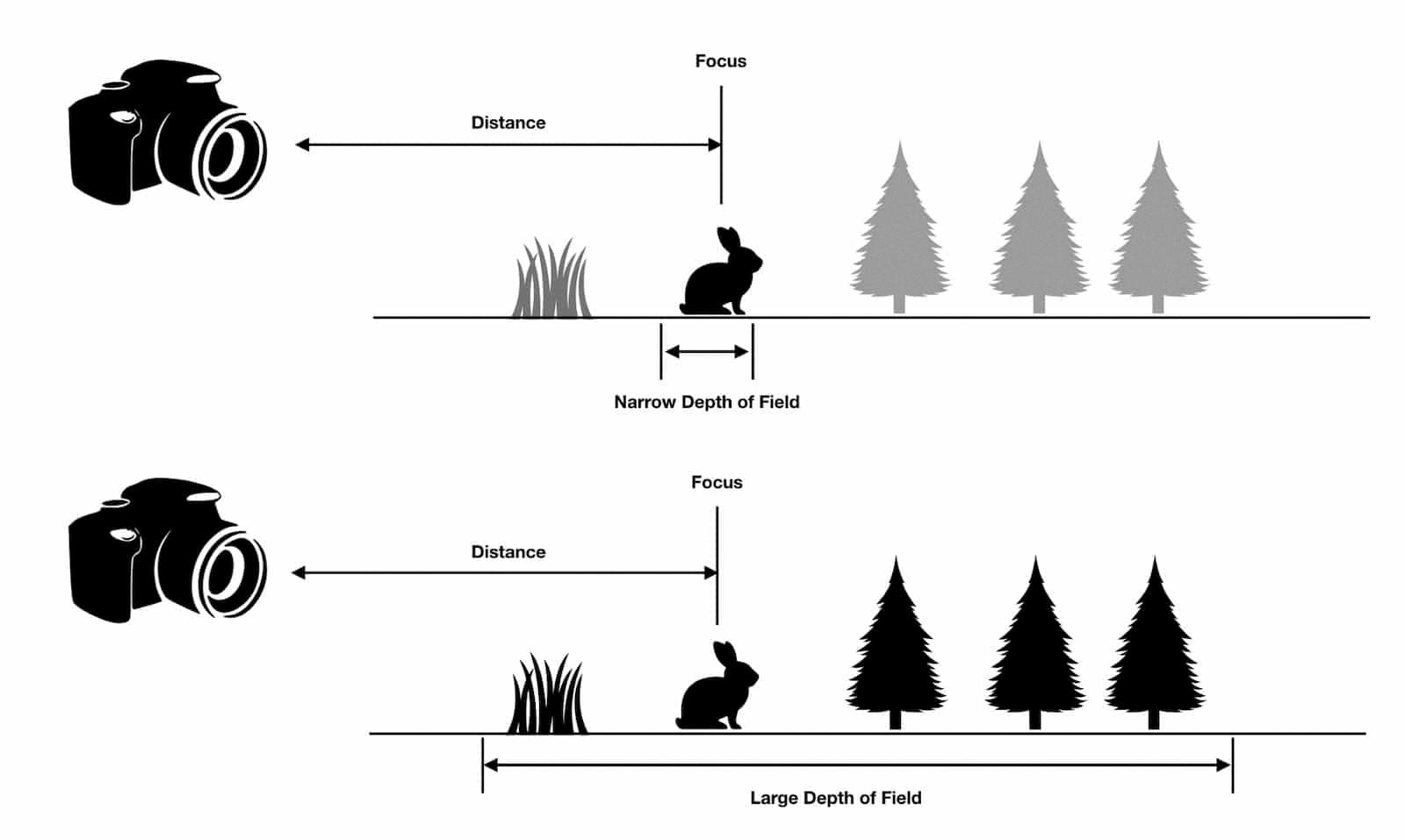Depth of field is a key element in the production of video games. It is used to create visual depth and add realism to game environments. It can also be used to enhance graphical effects, such as blurring out distant objects or bringing important parts of a scene into focus.
In photography and cinematography, depth of field (DOF) is the distance between the nearest and furthest objects that appear in acceptably sharp focus in an image. This same concept can be applied to video games. In games, DOF is used to give a sense of realism and immersion by blurring out anything not in focus while keeping important elements sharp. This helps create a sense of depth and make distant objects appear more realistic with subtle blurring.
The most common use for DOF in games is for cinematic shots or cutscenes. The use of DOF helps draw the player’s attention to specific elements in the scene, such as characters or objects, while blurring out less important details in the background. This helps add drama to scenes and creates an immersive experience for players.
In addition to being used for cutscenes, DOF can also be used during gameplay. By slightly blurring out distant objects, players can more easily focus on what’s happening near them without being distracted by what’s further away. This helps increase clarity and makes it easier for players to identify important elements during intense moments in gameplay.
While DOF can be beneficial, it coms with a performance cost as well. Since each frame must have the DOF filter applied, this can result in lost frames per second which may affect overall performance depending on how powerful your hardware is. Fortunately, modern gaming PCs are usually powerful enough that this performance impact is negligible but it’s still something worth considering when deciding whether or not you want to use DOF in your game project.
Ultimately, depth of field can be a great tool for creating immersive gaming experiences but should be used sparingly since it does come with a performance cost attached to it. When used properly though, it adds an extra layer of realism and detail that greatly enhances visuals and storytelling within games.
The Impact of Depth of Field on Performance
Yes, enabling depth-of-field can have a small performance impact, typically resulting in a drop of a couple of frames-per-second. This is because each frame must be processed with the filter applied, which takes additional time to render.

Source: photofocus.com
Exploring the Benefits of Depth of Field On and Off
It really depends on personal preference, as depth of field (DOF) is a purely cosmetic effect that does not necessarily affect gameplay. With DOF on, objects closer to the camera are in focus while objects further away are blurred, giving an artistic look to the game. Conversely, with DOF off, all objects in the game will be in focus making it easier to identify and interact with objects and characters in the game’s environment. Ultimately, it boils down to what look you prefer and find more aesthetically pleasing.
Understanding the Meaning of Depth of Field in Graphics
Depth of field (DOF) in graphics is a technique used to simulate the effects of a camera lens on an image. It refers to the distance between the nearest and furthest objects that appear in focus within an image. In other words, it’s the range of distance within which objects appear sharp and clear, while objects outside this range appear blurred. This can be used to create a sense of depth or focus attention on particular elements in a scene. By manipulating this effect, artists can create more interesting compositions and add dramatic effect to their work.
The Benefits of Using Motion Blur in Games
Yes, motion blur can be a great addition to games, as it can help create a more realistic and immersive experience. Motion blur can also increase the sense of speed, which is especially important in racing games. Additionally, it can help smooth out the appearance of games that run at lower frame rates. Ultimately, it depends on your game and the desired effect you are looking for; however, motion blur can be a great tool to use when creating an engaging gaming experience.
The Benefits of High Depth of Field in Games
No, depth of field should not be high in games. Depth of field blurs the background and objects that are out of focus, making it harder to see important details and making the game environment appear less realistic. Lowering the depth of field can improve performance by reducing the amount of processing power needed to render the scene, and can also make the game look better by allowing more detail to be visible.

Source: slrlounge.com
The Effects of Depth of Field on Blur
Depth of field does not cause blur directly. Instead, it affects how much blur is present in a photo; a shallow depth of field will cause more blur in the background and foreground, while a deep depth of field will bring all elements into sharp focus. This is achieved by changing the distance between the camera and the subject – moving closer to the subject will produce a shallow DOF, while moving away from the subject will create a deeper DOF.
The Benefits of Utilizing Depth of Field in Games
Depth of field is an important tool for game developers to create a cinematic and realistic visual experience. It adds depth to the scene by blurring out objects that are farther away from the camera, while keeping those closer in focus. This alows the player to focus on what is important in the scene, such as characters or objects they need to interact with. Depth of field also helps create a more immersive atmosphere by emphasizing the most important elements in the scene and creating a sense of distance between them and the player. Finally, it adds realism by replicating how human eyes perceive depth in real life.
The Importance of Depth of Field
Depth of field (DoF) is an important factor in photography that affects the appearance of an image. It refers to the range of distances from the camera at which objects apear sharp and in focus. The more shallow your depth of field, the more blurred and out of focus your background will be. This can create a beautiful effect that helps to draw attention to your main subject or add creative drama to a picture. Conversely, increasing your Depth of Field will make all elements within the frame appear sharp and focused. This is especially useful when shooting landscapes, architecture or any other type of image where you want everything in focus. Utilizing DoF appropriately is essential for creating images with maximum impact and can help you convey your message or idea effectively.
Understanding the Best Depth of Field
The best depth of field for a particular photograph depends on the subject and the desired outcome. A shallow depth of field (narrow area in focus) can be used to isolate the subject from its background, while a deep depth of field (large area in focus) is often used for landscape photography to capture a wide range of detail. Generally speaking, the best approach is to experiment with different depths of field and find the one that suits your subject and desired outcome best.

Source: studiobinder.com
Understanding Depth of Field
Depth of field is an important concept for photographers to understand and utilize when creating images. It tells you how much of the image will be in focus and how much of the background or foreground will be blurred. Depth of field is determined by a combination of the aperture setting (how wide or narrow the opening in the lens is) and the focal length (the distance between the lens and your subject). A wider aperture (lower f-number) will result in a shallower depth of field, meaning less of your image will be in focus. Conversely, a smaller aperture (higher f-number) will result in a greater depth of field, meaning more of your image will be in focus. Depth of field also changes based on how close or far away you are from your subject; shooting closer to your subject typically results in a shallower depth of field, while shooting farther away from it typically results in a greater depth of field.
By understanding depth of field, photographers can take control over thir images by using shallow depths to create an isolated look with only their subject sharp, or deeper depths for landscapes with everything sharp from near to far.
Understanding the Meaning of ‘Depth’ in Video Games
Depth in games can be defined as the number of viable options available to the player at any gien moment. This can include a wide variety of decisions, such as tactical plays, strategic choices, and creative problem-solving opportunities. Depth is not necessarily synonymous with complexity—a game can have depth even if its rules are straightforward. For example, a fighting game may feature a wide variety of characters with unique abilities and strategies, allowing for great depth but low complexity. Similarly, a role-playing game may offer different paths to success that require different combinations of skills and items, providing ample depth while remaining fairly simple to understand. Ultimately, the more options available to players at any given moment in a game, the greater its depth.
Understanding the Meaning of Depth of Field
The depth of field meaning is the area in front of an image-forming device (such as a camera lens) that appears to be in focus. It is measured along the axis of the device and can range from very small distances to large distances. Objects within this range will appear sharp, while objects outside of this range may appear blurry or out of focus. The amount of depth of field varies depending on the aperture (f-stop) used, focal length and distance from the object being photographed.
Does 60 Frames Per Second Require Motion Blur?
No, 60 fps does not need motion blur. At 60 frames per second (fps), the scenery is moving fast enough that our eyes can create the illusion of speed without any additional help. The idea that the human eye can only detect up to 60 fps is a misconception; in reality, our eyes can detect up to 250 fps. However, at lower framerates like 30 fps, motion blur may be necessary in order to simulate a sense of speed.
The Disadvantages of Motion Blur
Motion blur can be a disadvantage depending on the situation. If you are running a game on a lower-end PC and need to maintain an acceptable frame rate, then motion blur can help make the game appear more fluid than it is. However, if you are running a game on a powerful PC and getting a solid 60 FPS, motion blur can have the opposite effect and reduce the level of detail in the visuals. Poorly implemented motion blur can also negatively impact player performance as it reduces clarity and makes it harder to accurately track moving objects.
Conclusion
In conclusion, video games are a great form of entertainment that can be enjoyed by people of all ages. They provide an engaging and immersive experience, with the potential to allow players to explore new worlds and take on exciting challenges. Games also offer a variety of dfferent experiences, ranging from educational titles that can help hone problem-solving skills to fast-paced action games that provide intense thrills. Depth-of-field and motion blur effects can add realism and visual appeal to certain types of games, though these effects may come with a slight performance hit. Ultimately, the choice of whether to use these effects is up to the individual player.
